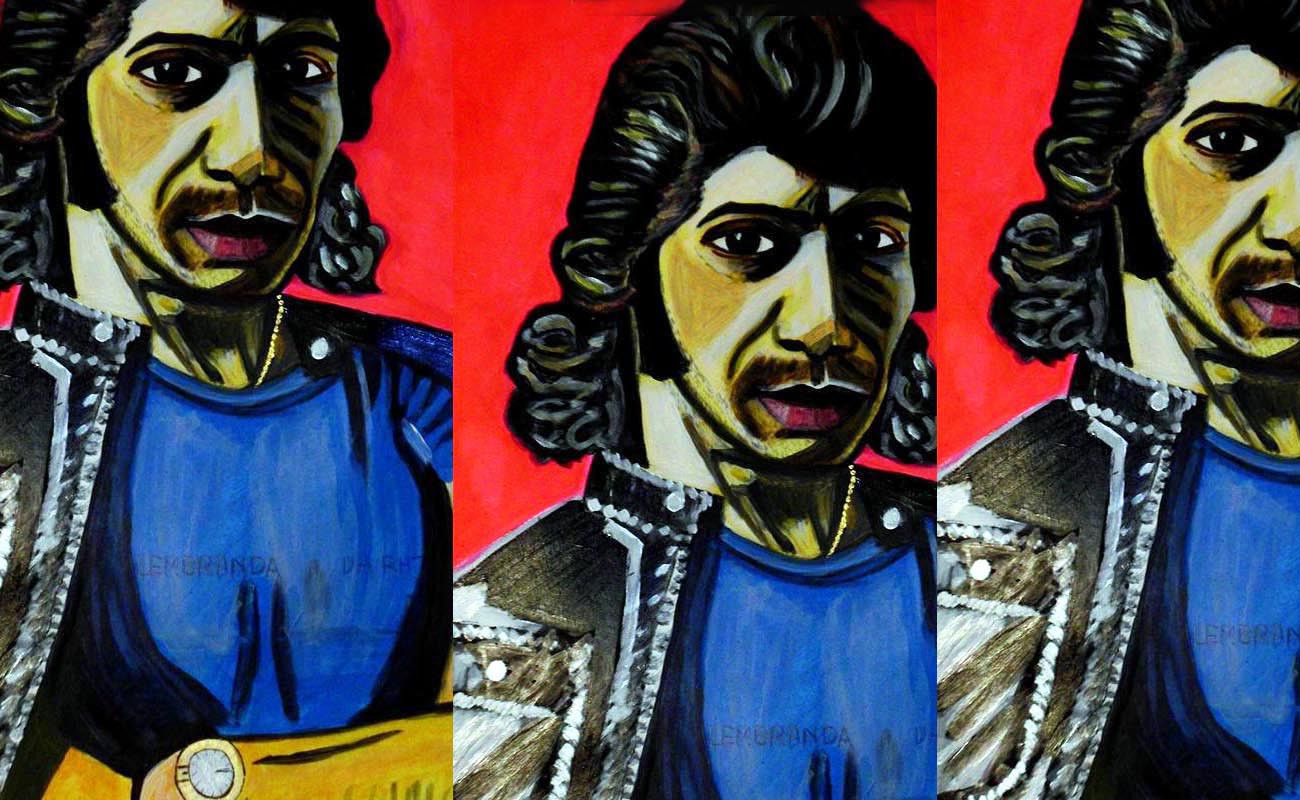Camarón and the imitators
For the current generation of under 40 or so, a considerable percentage see Camarón as the old master, the undisputed number one.

About ten years ago it occurred to me to ask Google to search the word “camarón” in order to compare the crustacean’s popularity (“camarón” in Spanish is a small shrimp) with that of the singer we all know. Oddly enough, the respective usages nearly tied in the number of hits, with the seafood winning by a narrow margin. Today I repeated the same experiment, and now Camarón the singer shows a measly 3,350,000 hits, vastly surpassed by the seafood we so love to enjoy on special occasions, which generated 16,700,000. Are we witnessing the end of an era dominated by the cantaor from “La Isla” whose popularity has already spanned half a century?
For the current generation of under 40 or so, a considerable percentage see Camarón as the old master, the undisputed number one, occupying a similar position to that held by Antonio Mairena 60 years ago or Pepe Marchena 70 years ago. All three are revered figures, each with his own followers and historic niche, leaving lasting effects that color today’s flamenco singing with their personal styles (in addition to Morente and few others).
Being imitated is not the same as creating a school, but the frontier between one condition and the other may be hard to define. Nearly every popular artistic individual generates imitators. But it’s far more meaningful to leave a theoretical school. It has to do with leaving a profound indelible mark on the genre, in such a way as to modify its identity indefinitely. It’s insistently employing techniques, melodies and vocal placement, gestures, etc. until those interpreters who fail to adopt these forms eventually come to seem outdated.
One of the most popular flamenco singers of the moment is Israel Fernández (Toledo, 1989), considered by many to be a Camarón imitator. He was born four decades after Camarón, when the cult figure effect had lost some steam. But we’ve still got plenty of the latter, at the present time he continues to be worshipped and the phenomenon of many fans with scant interest in flamenco but who are unconditional fans of the singer from La Isla continues to exist. His vocal delivery has invaded, not all, but a large portion of current singers, in particular pioneering women such as Remedios Amaya, La Susi and Niña Pastori, and has even modified the flamenco repertoire: in the Mairena years, bulerías was just another of the forms, but nowadays it’s an irreplaceable part of any recording, performance or gathering thanks to Camarón and Paco, to whom if not? Rumba has virtually disappeared, while tango songs with a flamenco feel satisfy the need for a binary (4×4) rhythm, and again we have the dynamic duo to blame with their Rosa María, Como el Agua and other creations of theirs. In a broad sense, it’s the “lolailo” school as opposed to “tiriti trí”, a youthful feeling that has irreversibly expanded the dimension of flamenco singing.
Then we have the popular Juan Rafael Cortés “Duquende” (Sabadell, 1965). He began to circulate professionally in 1988 as a Camarón imitator, but managed to carve out his own personality and as of today it would be unfair to call him an imitator. His admiration for Camarón matured with time, and this Catalonian singer managed to settle into a personality all his own. This is when an interpreter stops being an imitator and becomes the follower of a school. A similar process took place when singer Beni de Cádiz (1929-1992) went from being a mere Caracol imitator to having a distinct personality that was all his, and was worthy of important prizes at the 1971 Córdoba contest.




